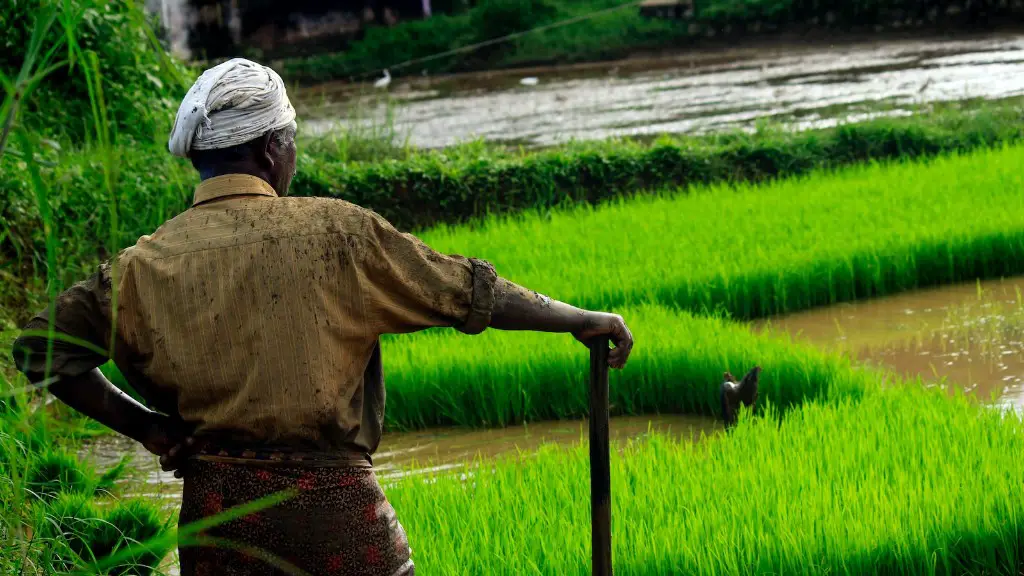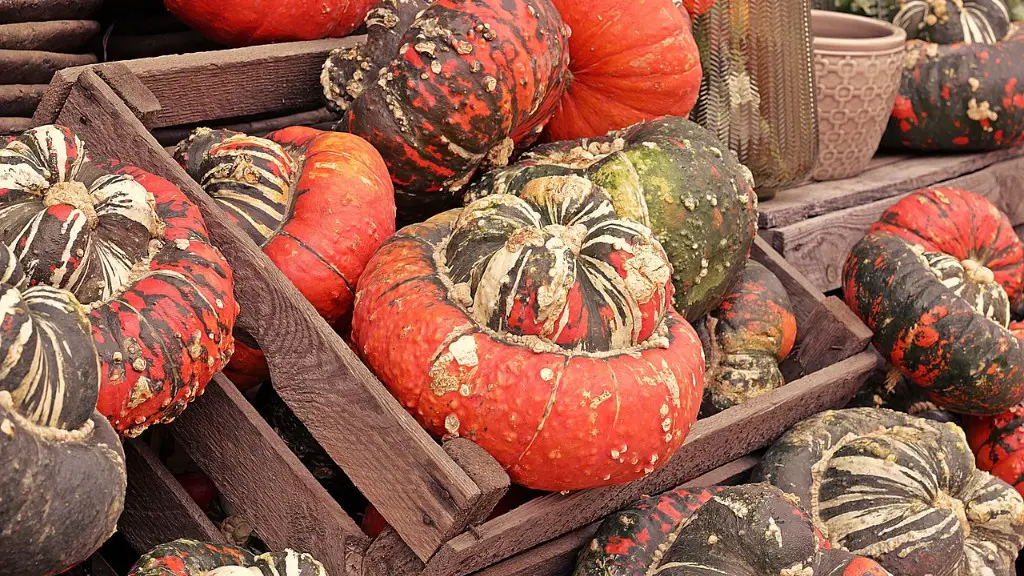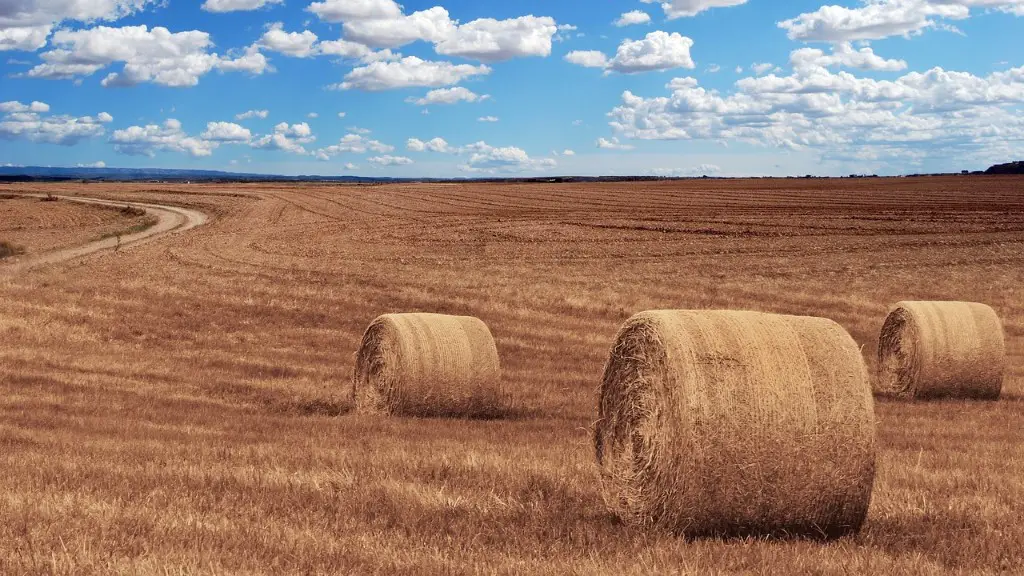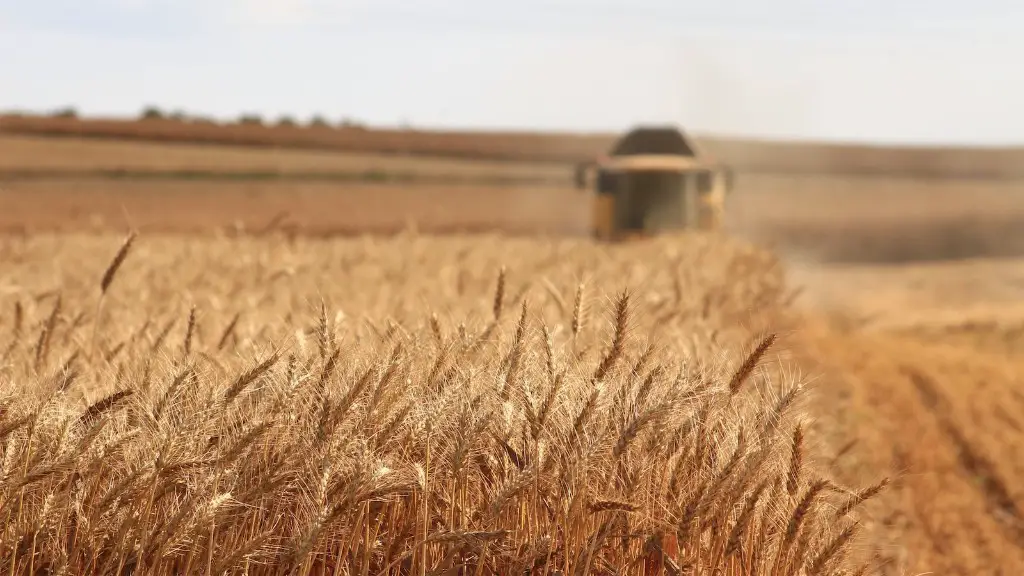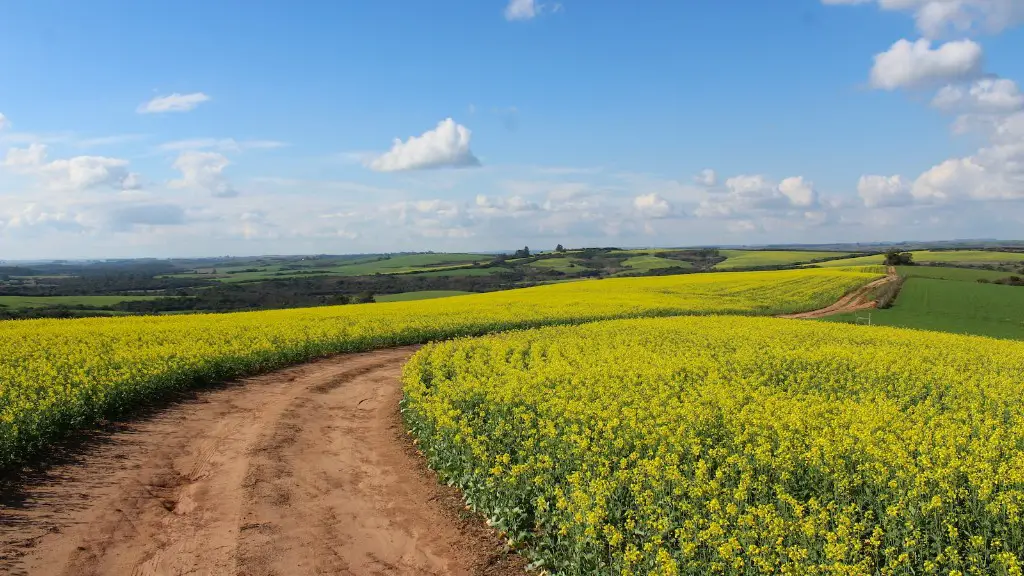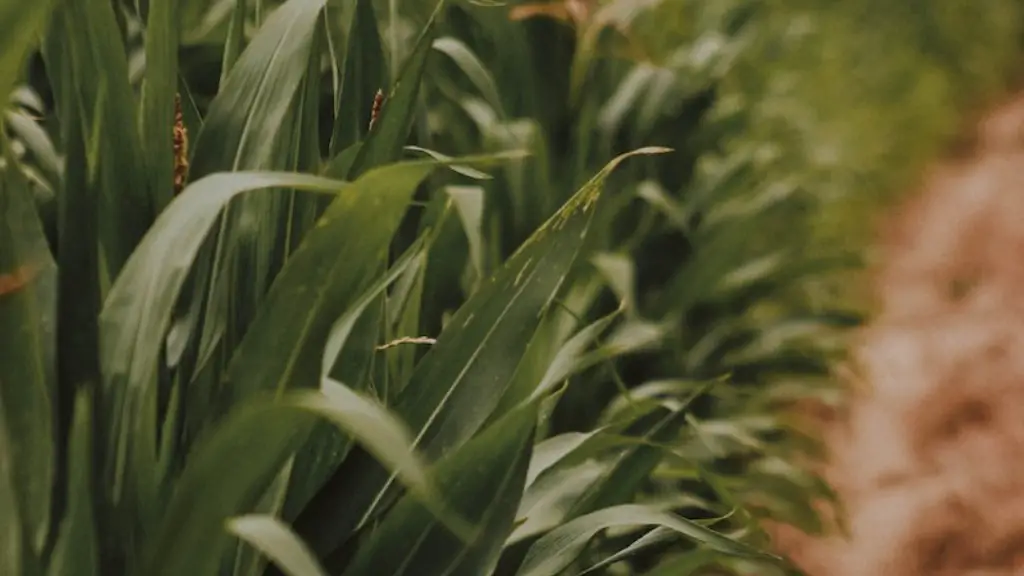Irrigation agriculture is the practice of supplying water to crops through artificial means. It is used in areas where natural rainfall is insufficient or unreliable, and can be used to supplement or replace rainfall. Irrigation systems can be used to supply water to plants through a network of pipes, canals, and ditches; or they can be used to apply water directly to the roots of plants using portable sprinklers or drip irrigation.
Irrigation agriculture is the practice of supplying water to crops through a system of pumps, pipes, or other man-made methods. It is often used in areas where rainfall is unreliable or insufficient.
What does irrigation mean in agriculture?
Irrigation is a process of supplying water to the soil through various systems of tubes, pumps, and sprays. It is usually used in areas where rainfall is irregular or dry times or drought is expected. There are many types of irrigation systems, in which water is supplied to the entire field uniformly.
Different crops require different amounts of water, and irrigation techniques must be adjusted to meet the needs of each crop. Soil type also affects irrigation needs, as do weather conditions. For example, sandy soils require more frequent watering than clay soils, and hot, dry weather means plants will need more water than cool, wet weather.
What are 4 types of agricultural irrigation
There are many different types of farm irrigation systems in use today, each with its own advantages and disadvantages. The four main categories of irrigation are flood, sprinkler, drip, and micro irrigation.
Flood irrigation is the most common type of irrigation, accounting for about 70% of all irrigated land. It is also the simplest and most efficient method of irrigation, using gravity to deliver water to the field. Flood irrigation is suitable for large fields with relatively level terrain.
Sprinkler irrigation is the second most common type of irrigation, accounting for about 20% of all irrigated land. It is more expensive and complex than flood irrigation, but it is also more flexible and can be used on fields with slopes.
Drip irrigation is the third most common type of irrigation, accounting for about 10% of all irrigated land. It is the most expensive and complex type of irrigation, but it is also the most efficient, delivering water directly to the roots of the plants.
Micro irrigation is the fourth and least common type of irrigation, accounting for about 1% of all irrigated land. It is the most expensive and complex type of irrigation, but it is also the most efficient, delivering water directly to the roots of the plants
Water applied as irrigation allows for crop production in arid regions and supplements soil moisture in humid regions when growing season precipitation is insufficient. Irrigation has enhanced both the productivity and profitability of the agricultural sector. It is estimated that crop production would be reduced by half without irrigation. In many areas of the world, irrigation has led to increased food security and improved diets.
What are the benefits of irrigation in agriculture?
Efficient irrigation is a critical tool for farmers in maximizing their output. By using less water to grow the same amount of crops, farmers can more productively farm larger areas of land. Additionally, by using the same amount of water to grow higher value, more water-intensive crops, farmers can increase their overall output.
Surface irrigation is the most common method of irrigation. It is used to water crops by flooding the field with water. The water is then allowed to drain off the field.
Sprinkler irrigation is a method of irrigation in which water is sprayed onto the field by means of a system of pipes and sprinklers.
Drip irrigation is a method of irrigation in which water is drip fed to the roots of the plants. This is done by means of a system of pipes and emitters.
How does irrigation work?
The water flow passes around through a system of pipes mainly by pumping and is then separated through sprinklers so that it splits up into tiny water drops that fall to the ground. Spray heads at the terminals distribute the water over the entire soil surface. This system is very efficient in watering plants evenly and preventing water wastage.
Drip irrigation is the best among all modern methods of irrigation because it is the most efficient method of watering plants. The reason for this is that drip irrigation applies water directly to the roots of the plants, which allows the plants to absorb the water more effectively. Additionally, drip irrigation minimizes water loss due to evaporation and runoff, making it a more efficient and environmentally friendly method of irrigation.
What are the two main methods of irrigation
There are two types of irrigation: sprinkler and drip. Sprinkler irrigation is used on uneven land where less water is available. Drip irrigation is used to save water as it allows water to flow drop by drop at the roots of the plants.
Surface irrigation is the most commonly used type of irrigation system for agriculture, accounting for 85% of the world’s irrigated land. Surface irrigation is a method of irrigation in which water is applied to the soil surface by gravity. The main types of surface irrigation systems are: furrow irrigation, basin irrigation, flood irrigation, and sprinkler irrigation.
What is the most common form of irrigation?
Surface irrigation is where water is applied and distributed over the soil surface by gravity. It is by far the most common form of irrigation throughout the world and has been practiced in many areas virtually unchanged for thousands of years. Surface irrigation is suitable for a variety of soils and terrain. However, it is most suited to level or gently sloping land. Surface irrigation is generally classified into two types: border strip irrigation and furrow irrigation.
Drip irrigation is a great way to water your plants slowly and directly at the root, without wasting any water. It’s easy to install and can be done with just a few materials. Plus, it’s much easier on your plants than other types of irrigation, like sprinklers.
What is the most important benefit of irrigation
Drip irrigation is an irrigation method that delivers water directly to the roots of plants through a network of tubing and emitters. It is an extremely efficient irrigation method, and is often used in arid areas of the world where water is a scarce resource.
As the world’s population continues to grow, the demand for food will also increase. A large percentage of the world’s water withdrawals are for agriculture, and irrigation is a key factor in food production. In India, for example, approximately one-fifth of the nation’s total electricity consumption goes toward pumping groundwater for irrigation. While only 20% of the world’s farmland is irrigated, it produces 40% of our food supply.
This shows that irrigation is a crucial component of food production, and that conserving water resources is essential for sustaining the global food supply.
What is the main impact of irrigation?
The expansion and intensification of agriculture made possible by irrigation has the potential for causing: increased erosion; pollution of surface water and groundwater from agricultural biocides; deterioration of water quality; increased nutrient levels in the irrigation and drainage water resulting in algal blooms. These are all serious potential problems that need to be carefully monitored and managed in order to maintain the long-term sustainability of irrigated agriculture.
Irrigation is one of the most important aspects of agriculture and is used to enhance agricultural growth and maintain the landscape during periods of less rainfall. There are many different types of irrigation systems, each with their own benefits and drawbacks. The most common type of irrigation system is the surface irrigation system, which utilizes canals and other artificial methods to deliver water to the land.
Final Words
Irrigation agriculture is a type of farming that relies on artificial watering of crops. This can be done through a system of pipes, canals, and pumps, or by simply bringing in water from a nearby river or lake.
Irrigation agriculture results in better yields and higher incomes for farmers. It also reduces water stress and soil erosion.
